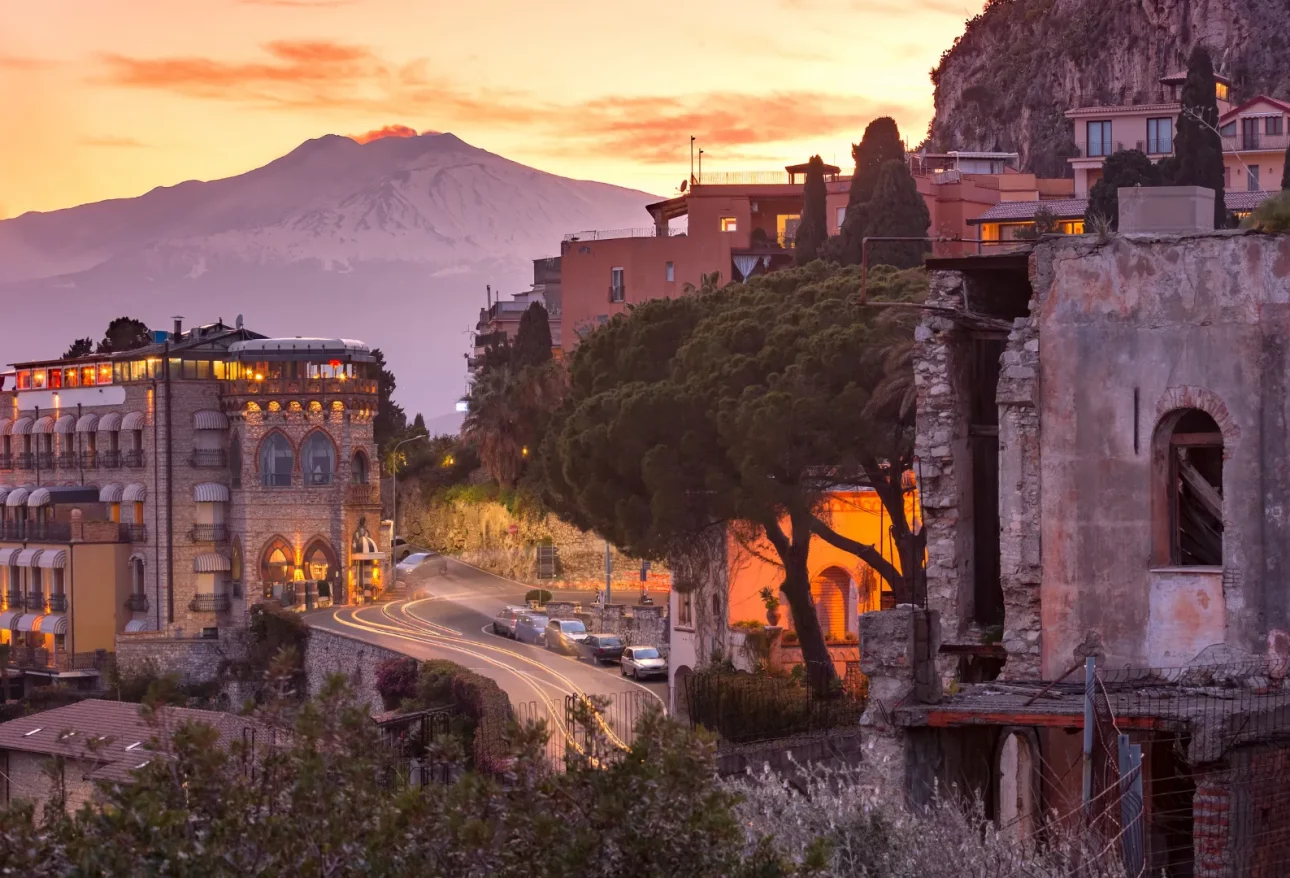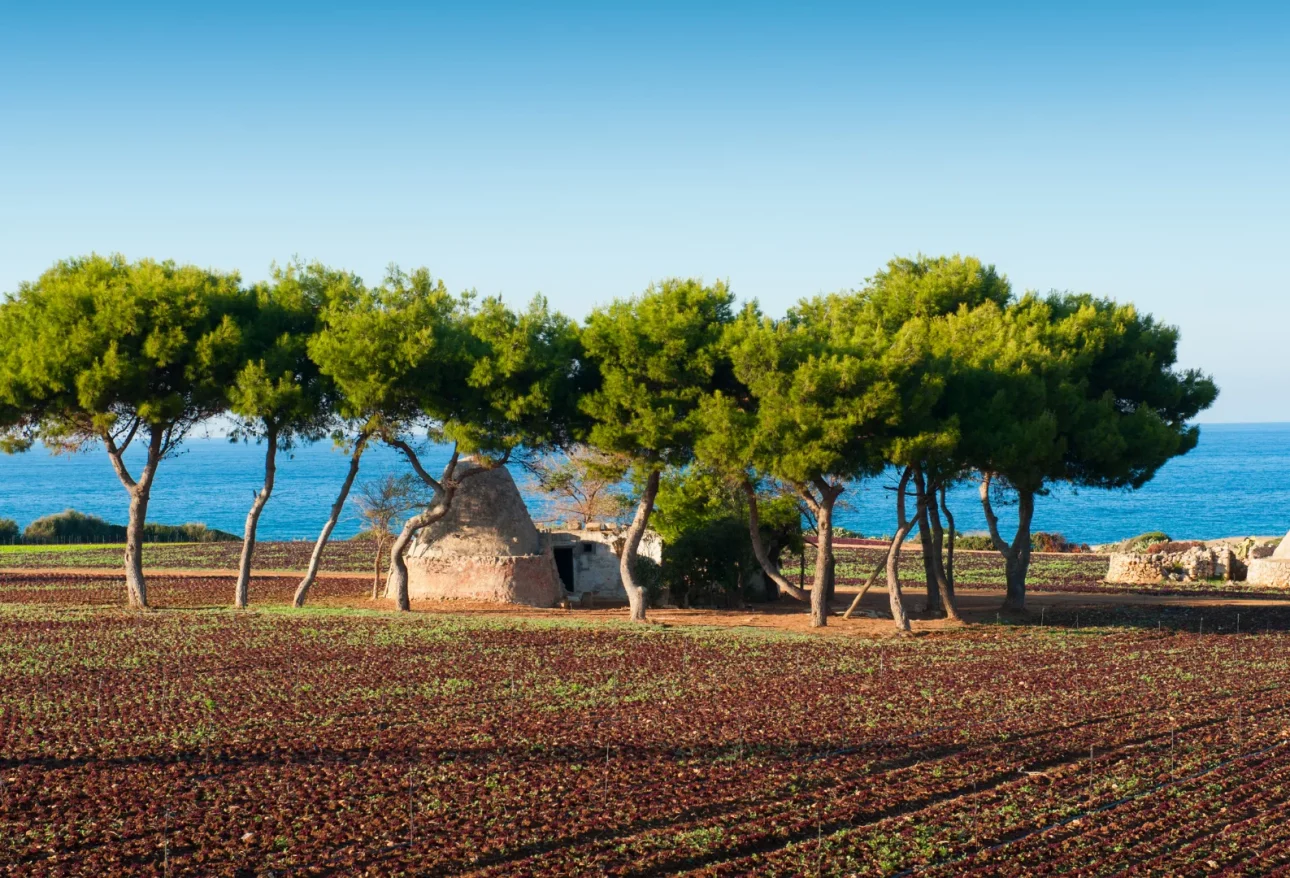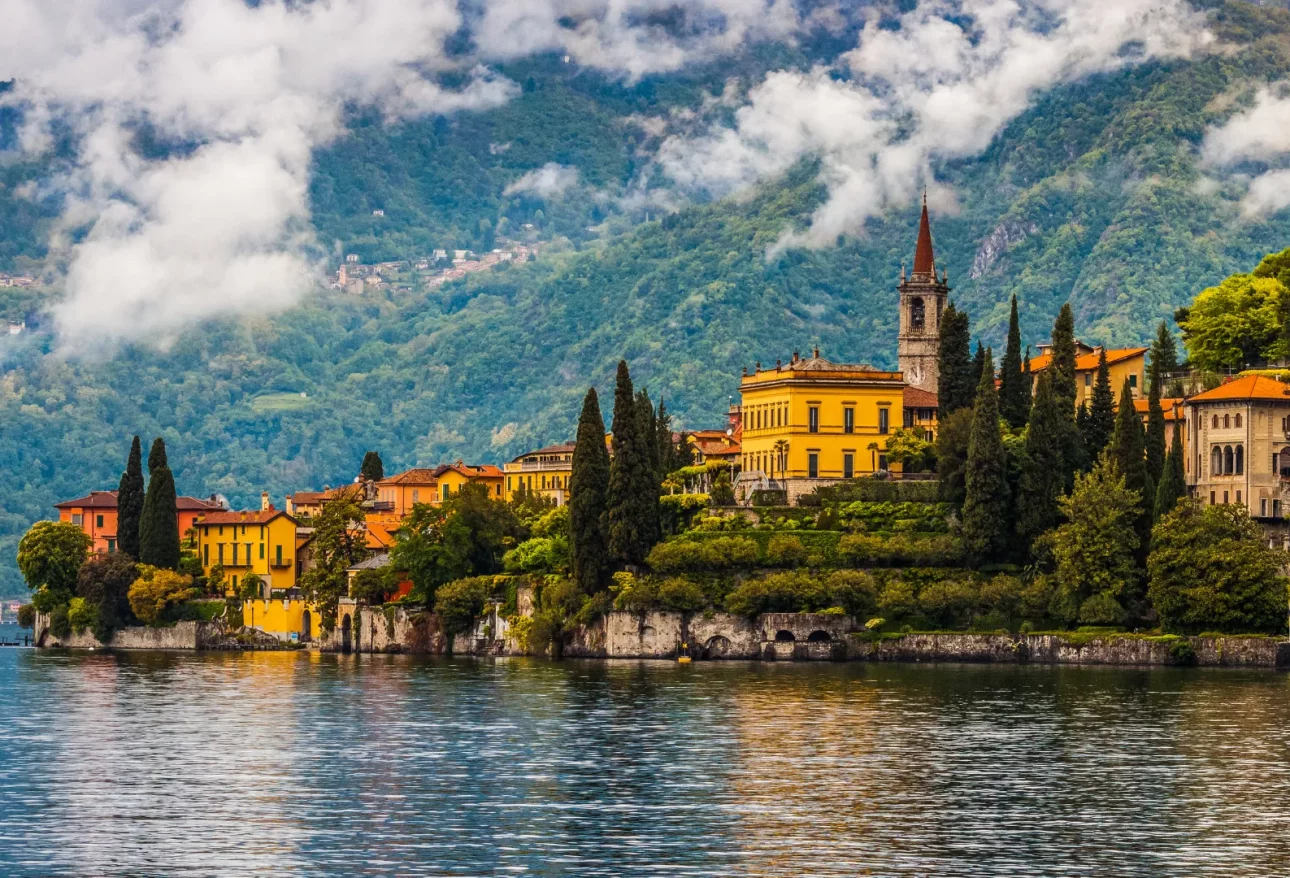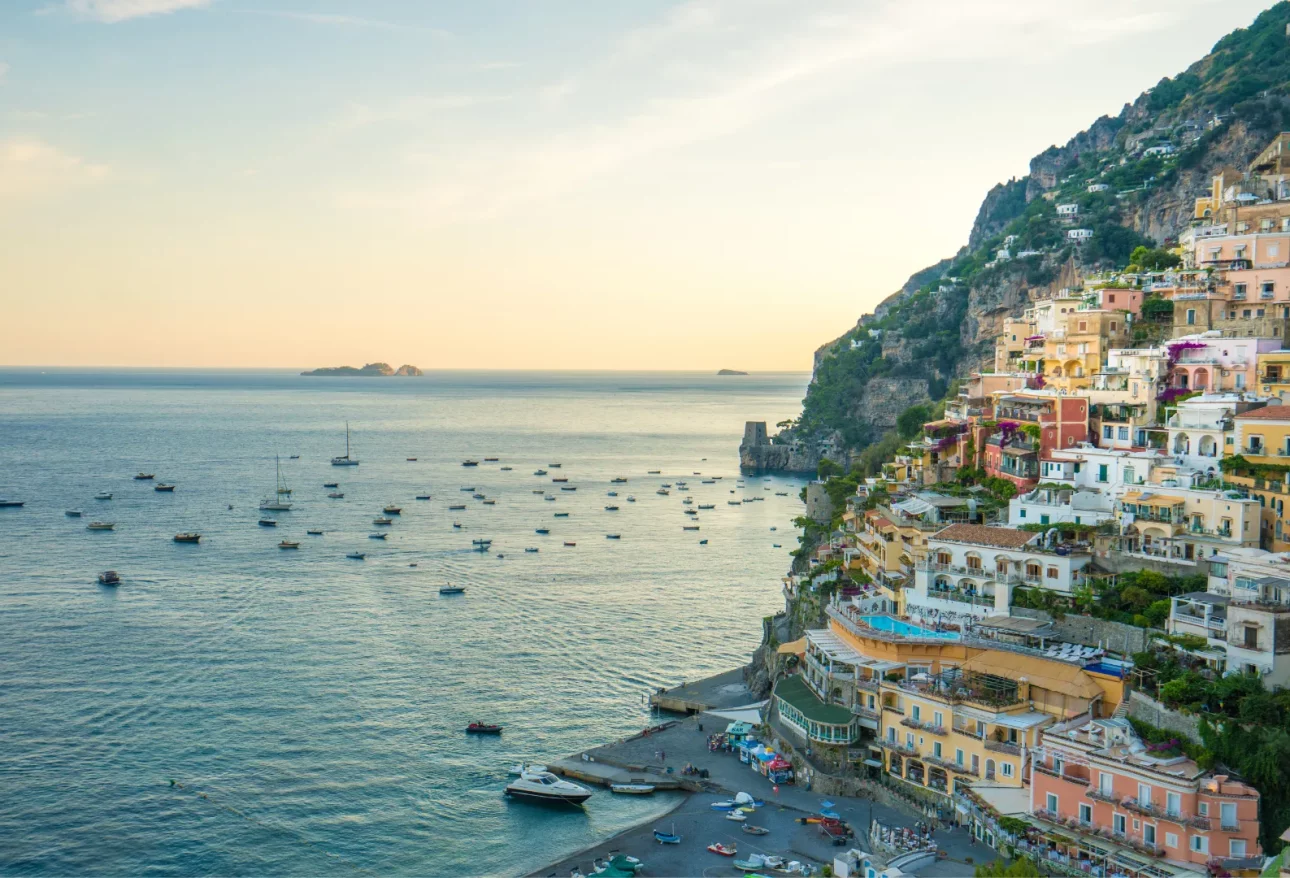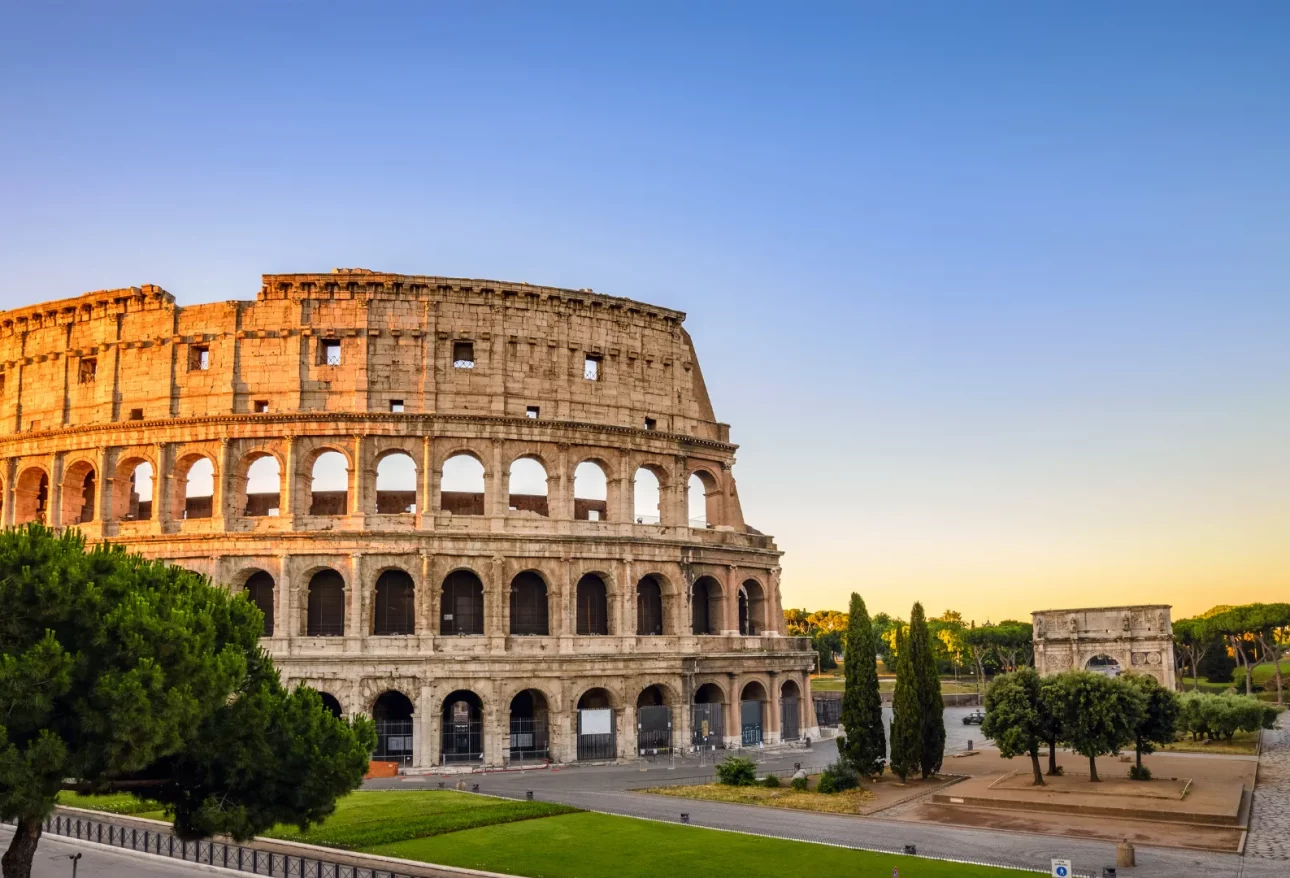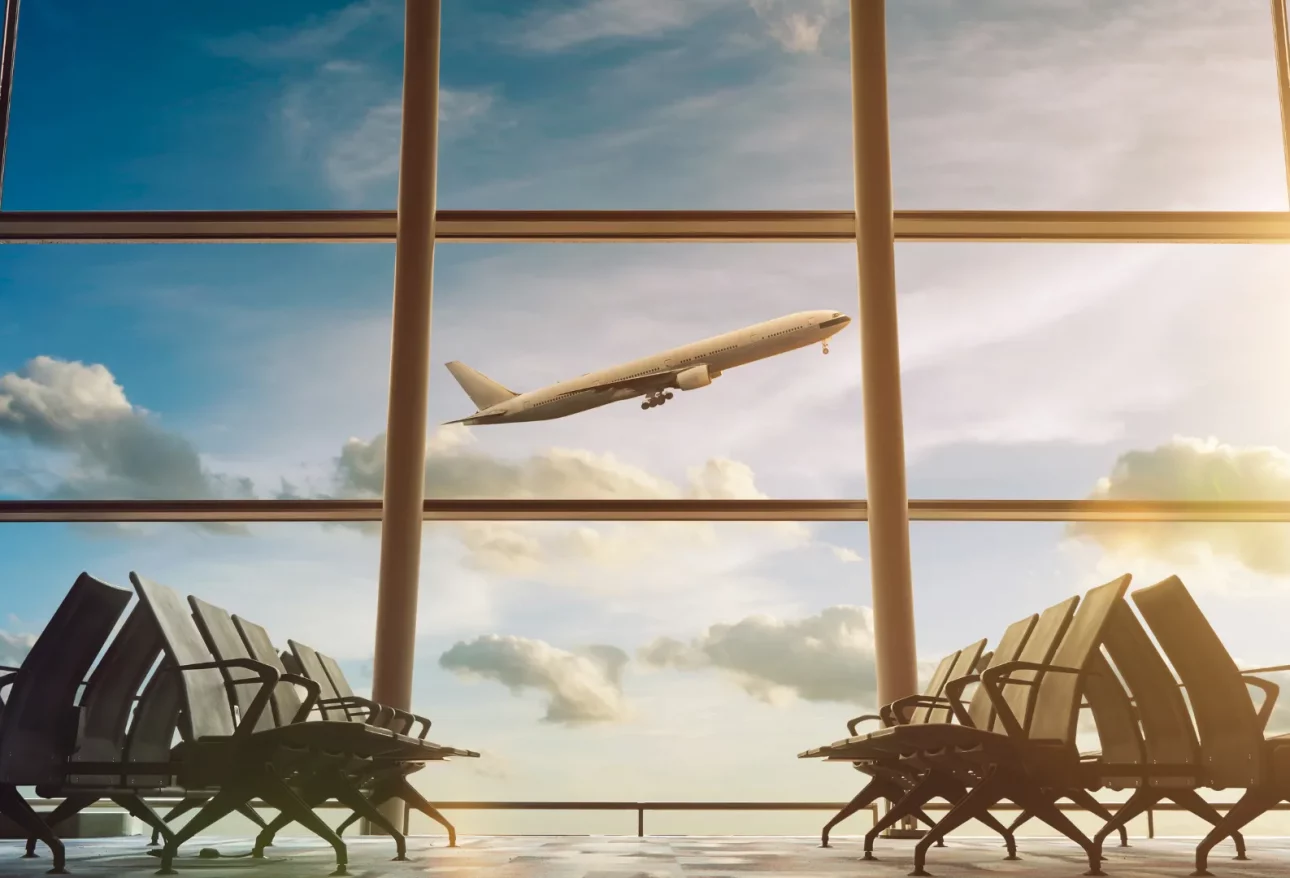
Do U.S. Citizens Need ETIAS for Italy in 2025? What to Know
Do U.S. Citizens Need ETIAS for Italy in 2025? The Truth About Italy Travel Requirements for Americans (2025) If you are a U.S. citizen dreaming of Italian piazzas bathed in golden light, the rolling vineyards of Tuscany, or the refined buzz of Rome’s museums and cafés, you are certainly not alone. Each year, over 5 million American travelers immerse themselves in Italy’s rich culture and timeless beauty. But before booking that tailor-made Italian escape, it is essential to understand the current entry regulations for Americans. Short answer: As of 2025, U.S. citizens do not need ETIAS authorization to visit Italy or any other Schengen country for stays shorter than 90 days. According to the official portal travel-europe.europa.eu, ETIAS is not operational until at least late 2026, despite what some unofficial sites claim. Below, we clarify all you need to know — with refined clarity — about Italy’s visa and entry policies for American guests, so you can focus on planning your unique Italian journey, free from worry or confusion. Visa-Free Travel: Italy Entry Rules for U.S. Citizens in 2025 Stays Under 90 Days: What Applies to Americans For trips of up to 90 days in any 180-day period, U.S. tourists enter Italy visa-free, thanks to the Schengen agreement. No pre-arrival visa is required for tourism, business, or family visits. Stays longer than 90 days do require a national visa (Type D). You may visit other Schengen countries in the same trip, within the 90-days-in-180 rule. Entry Essentials: What You Must Have at the Border Valid U.S. passport (must be valid for at least 3 months beyond planned departure; recommended 6 months). Proof of onward or return travel (airline ticket, etc.). Evidence of lodging (hotel, villa booking, etc.). Sufficient financial means for your stay (typically €50-70 per day, per the Italian Ministry of Foreign Affairs). According to the European Commission, border agents have full discretion. Always travel with supporting documents for peace of mind. Ask us to check your entry checklist and tailor your Italian experience. What is ETIAS? Clarifying the 2025 Timeline & Common Myths ETIAS Explained: The New European Travel Authorization ETIAS stands for “European Travel Information and Authorization System” — a pre-travel screening for non-EU nationals exempt from Schengen visas (including Americans). Cost: €7 (subject to confirmation on launch; free for under 18 and 70+). Simple online application (approx. 10 minutes). Linked electronically to your passport. Current Status of ETIAS (2025): La risposta è: ETIAS is not yet operational. Per the official EU portal and the latest update (June 2024): ETIAS is expected to start in late 2026, not in 2025. No official application process exists yet. Beware of scams claiming early ETIAS registration! Do not trust unofficial sites requiring payments — always consult the EU’s official communication. Table: Key Dates and Facts about ETIAS for U.S. Citizens Year ETIAS Status U.S. Visa-free Entry? Registration Required? 2025 Not active Yes No 2026 Official launch (planned Q4) Yes From launch date 2027+ Active Yes Yes (for short stays) According to our experience, travelers have been misled by fake sites and misinformation—rely only on government sources. Recognizing Scam Sites: Red Flags & Best Practices Only use travel-europe.europa.eu/etias_en Never pay for “early ETIAS” or expedited processing before official notice. The only accepted fee will be announced via EU channels. Further Reading Schengen Visa Info U.S. Embassy in Italy – Visiting Italy Beyond ETIAS: Passport, EES, and Insurance — What You Really Need Passport Validity Requirements Your U.S. passport should: Be valid at least 3 months past your planned return Be issued within the last 10 years Have at least 2 blank pages Tip: Renew early if your passport is nearing expiry; Italian authorities are strict. Travel Insurance: Advisable for All American Travelers While travel health insurance is not mandatory for short stays, the U.S. Department of State and Italy’s Ministry of Foreign Affairs recommend coverage for medical emergencies and trip cancellations. Typical Italian private medical care costs €60-100 per visit, and emergency hospitalization can exceed €1,000 per day. Types of Insurance Emergency medical & hospital Evacuation & repatriation Cancellation/interruption Personal liability EES (Entry/Exit System): What is It and Is It Connected to ETIAS? EES and ETIAS are separate systems. EES: Automated EU border registration system (planned launch 2025). Collects fingerprints & facial recognition for third-country nationals. You do not need to register before travel. For an in-depth look, see European Commission: Smart Borders. Comparing Travel Requirements (2025): U.S., Canada, Australia Country Visa Required for Italy (<90 Days)? ETIAS Needed (Now) Passport Validity Req. Insurance Advised? U.S. No No 3+ months Yes Canada No No 3+ months Yes Australia No No 3+ months Yes Detailed Process: Entry for American Travelers in 5 Steps Check that your U.S. passport is valid for 6+ months Plan your itinerary for less than 90 days in any 180-day period Book return flights & keep confirmation documents Arrange sufficient funds and hotel/ villa stays (From late 2026), apply for ETIAS through the official EU portal Ask us to check your entry checklist FAQ: Italy Visa, Passport and Insurance for U.S. Citizens (2025) Do Americans need a visa to visit Italy in 2025? No. Americans can visit Italy visa-free for up to 90 days for tourism, business or family reasons. Is ETIAS required for U.S. travelers to Italy in 2025? No, ETIAS authorization will not be required for Americans until at least late 2026. What documents do I need to enter Italy? You need a U.S. passport valid for at least 3 months past your intended departure, proof of onward travel, and evidence of accommodation. Is travel health insurance mandatory for Italy? No, insurance is not mandatory for short stays, but it is strongly recommended to cover medical care and emergencies. Will I need to provide fingerprints or biometrics at the Italian border? From 2025, the EU’s Entry/Exit System (EES) may require biometric registration (fingerprints and facial scan) for non-EU nationals. Plan Your Italian Dream — With Confidence Traveling to Italy as an American in 2025 is

